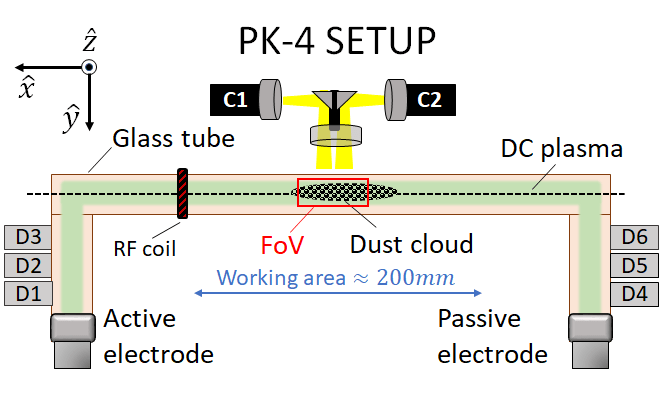It is often pointed out that plasma is the most abundant form of visible matter throughout the universe, which makes it not surprising that a large class of plasma-related phenomena have practical applications in various fields of science and industry. However, the vast majority of plasma research studies are hardly thorough without understanding how plasma interacts with other forms of matter. From the investigation of star and planet formation to the cutting-edge research in fusion technology, materials science, and low temperature plasma physics, scientists cannot ignore the presence of small solid or liquid particles (also called dust) existing within plasmas. Most environments containing plasma are also likely to contain dust due to both plasma-surface interactions and dust particle chemical growth. The physics of these dusty plasmas has naturally evolved as a cross-disciplinary research field encompassing a wide range of topics relevant to both fundamental science and technological development (Fig. 1)

Fig. 1. (a) Topics of interest in dusty plasma physics. (b) Dust particle growth in reactive plasma.
Complex (dusty) plasmas form a special class of plasmas where millimeter (10−3m) to nanometer (10−9m) sized particles are levitated within a plasma gas. Dust grains immersed in plasma become negatively charged and are subject to ion drag forces and collective plasma interactions. The presence of a dust component is characteristic of plasmas with various spatial, temporal, and density scales found in both laboratory conditions and astrophysical environments (Fig. 2).

Fig. 2. Dusty plasma parameter space.
An interesting aspect of dusty plasmas is their ability to self-organize into dust liquids, 2D and 3D dust lattices, and 1D filamentary structures. This feature provides researchers the ability to examine classical collective phenomena on time and length scales allowing for direct observation (at the kinetic level) of fundamental microscopic and macroscopic processes across a wide range of coupling regimes. Thus, in addition to its direct relevance to numerous topics in the field of plasma physics, dusty plasmas can also play an important role as analogue systems for the investigation of complex cross-disciplinary phenomena predicted in theoretical physics and mathematics. Figure 3 provides an overview of recent studies employing dusty plasma analogues.

Fig. 3. Dusty plasma analogues: (a) nonlinear waves and (b), (c) shocks (Merlino et al., 2012), (d) dust grid pattern in external magnetic field (Thomas et al., 2015), (e) 2D honeycomb monolayer (Max Planck Institute), f) electrorheological dusty plasma (PK-4 lab), (g) folding of filamentary structures (Hyde et al., 2013).
Note that the images used on this page are adapted from a white paper submitted by the CASPER lab as a contribution to the Decadal Assessment of Plasma Science




